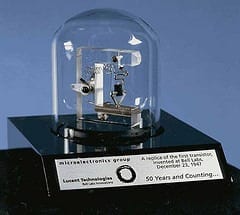
- Image via Wikipedia
As the United States relies on firepower to try to crush extremism in Afghanistan, Pakistan and Yemen, it might instead consider the lesson of the remarkable Arab country of Oman.
Just 40 years ago, Oman was one of the most hidebound societies in the world. There was no television, and radios were banned as the work of the devil. There were no Omani diplomats abroad, and the sultan kept his country in almost complete isolation.
Oman, a country about the size of Kansas, had just six miles of paved road, and the majority of the population was illiterate and fiercely tribal. The country had a measly three schools serving 909 pupils — all boys in primary grades. Not one girl in Oman was in school.
Oman’s capital city, Muscat, nestled among rocky hills in the desert of the Arabian Peninsula, was surrounded by a traditional wall. At dusk, the authorities would fire a cannon and then close the city’s gates for the night. Anyone seen walking outside without a torch at night was subject to being shot.
Oman was historically similar to its neighbor, Yemen, which now has become an incubator for Al Qaeda-affiliated terrorists. But, in 1970, Oman left that fundamentalist track: the sultan’s son deposed his father and started a stunning modernization built around education for boys and girls alike.
Related articles
- Oman in talks with Iran to help free Americans (reuters.com)










